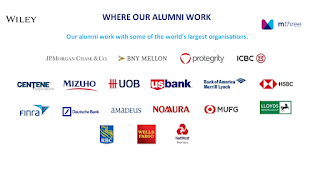Shell.ai Hackathon for Sustainable and Affordable Energy
Shell.ai Hackathon for Sustainable and Affordable Energy
The world needs to move to a cleaner energy system if it is to meet growing energy demand while tackling climate change. In April 2020, Shell shared its ambition to become a net-zero emissions energy business by 2050, or sooner.
Renewable electricity is central to this ambition. Electricity is the fastest-growing part of the energy system and, when generated from renewable sources such as wind, has a big role to play in reducing greenhouse gas emissions. We see digitalisation and AI as key enablers to the energy transition.
Challenge: Windfarm Layout Optimisation
In this Shell.ai Hackathon for Sustainable and Affordable Energy, we invite you to optimise the placement of 50 wind turbines of 100 m height and100 m rotor diameter each on a hypothetical 2D offshore wind farm area such that the AEP (Annual Energy Production) of the farm is maximized. One of the key problems of an unoptimized layout is the combined effect wind turbines can have on the wind speed distribution in a windfarm. As a wind turbine extracts energy from incoming wind, it creates a region behind it downstream where the wind speed is decreased- this is called a wake region. Note that wind turbines automatically orient their rotors, to face incoming wind from any direction. Due to the induced speed deficit, a turbine placed inside the wake region of an upstream turbine will naturally generate reduced electrical power. This inter-turbine interference is known as a wake effect. An optimal windfarm layout is important to ensure a minimum loss of power during this combined wake effect.
This Shell.ai Hackathon for Sustainable and Affordable Energy edition, focuses on an interesting and complex coding problem. When competing, you will face challenges such as a high dimensionality, complex multimodality and the discontinuous nature of the search space. This makes optimising the layout analytics difficult. But, armed with optimization strategies and computer algorithms, you can solve this problem.

Link to hackathon page:
https://www.hackerearth.com/challenges/competitive/shell-hackathon/






